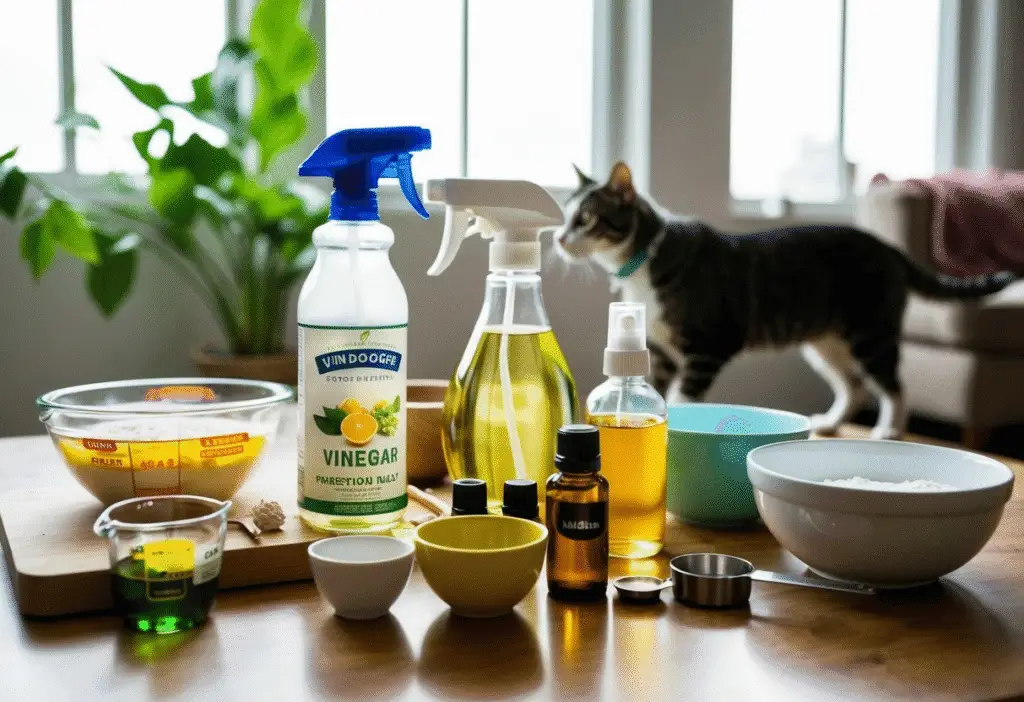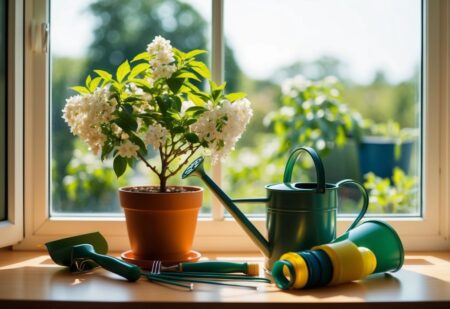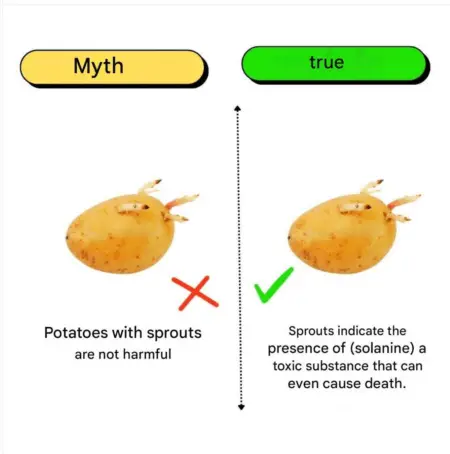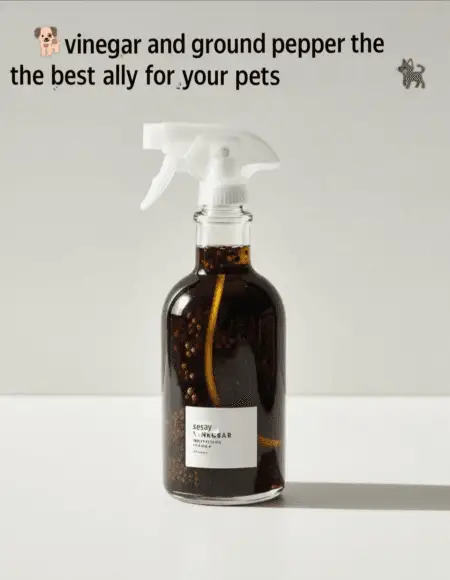Natural, Non-Toxic Cleaning Recipes for a Healthier Home
When the weather heats up—especially in regions like the UAE—our pets spend most of their time indoors. They nap on rugs, roll across floors, and snuggle into our blankets, couches, and clothing. And while we’re focused on keeping the home clean, the very cleaning products we use may be putting our furry friends at risk.
Many commercial cleaners contain chemicals that can irritate your pet’s skin, trigger allergies, or harm their respiratory systems. Pets don’t wear shoes or clothes, and they often lick their paws, chew toys, or sleep directly on freshly cleaned surfaces—making chemical exposure much more intense than it is for humans.
The good news? You don’t have to sacrifice cleanliness to keep your pet safe. With a few simple ingredients like baking soda, vinegar, and essential oils, you can create powerful, effective cleaners that are 100% safe for pets.
Why Switch to Natural Cleaners?
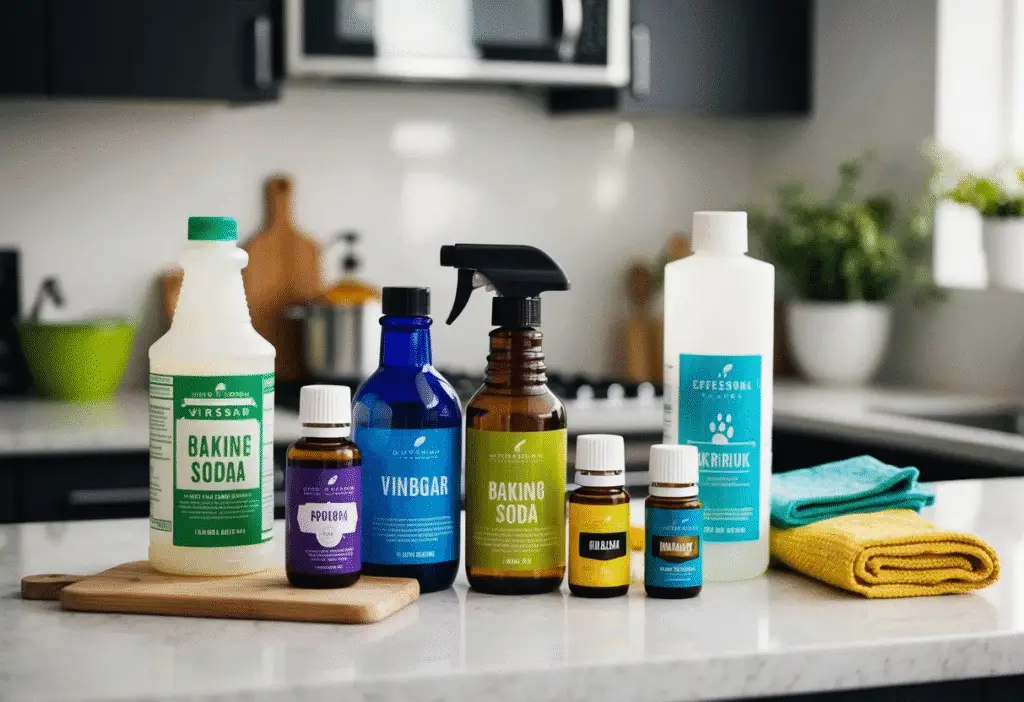
Toxic cleaning products may leave behind harmful residues, fumes, or particles that your pets ingest or inhale. Even popular “green” or “eco” brands aren’t always fully pet-safe.
Common ingredients to avoid around pets include:
- Ammonia
- Bleach
- Isopropyl alcohol
- Formaldehyde (in multi-surface cleaners)
- Perchloroethylene (in carpet/rug cleaners)
- Phenols (often in products ending in “-sol”)
- Phthalates (in air fresheners and scented sprays)
These can trigger:
- Skin irritation
- Respiratory distress
- Nausea or vomiting
- Allergic reactions
- Long-term health complications
By switching to homemade, non-toxic cleaners, you reduce the risk of exposure and create a safer, healthier environment for both pets and people.
8 DIY Pet-Safe Cleaner Recipes That Actually Work
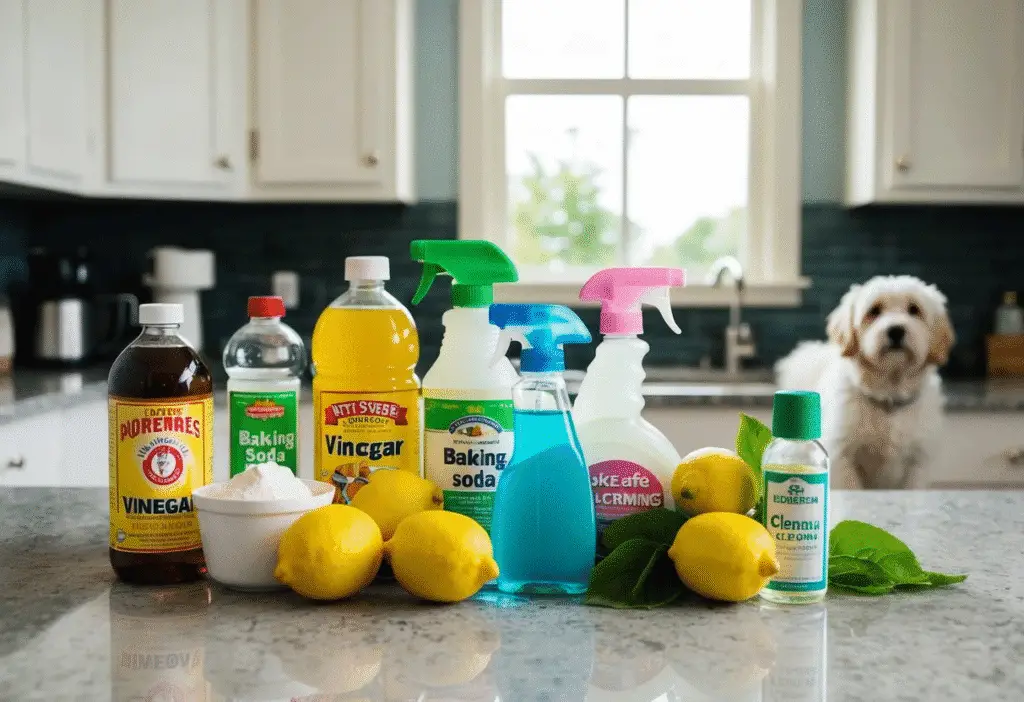
Here are eight simple, effective, and budget-friendly homemade cleaners to help you maintain a sparkling home—without putting your dog or cat in harm’s way.
1. Baking Soda Scrub + Carpet Deodorizer
What it’s for: Pet bowls, counters, sinks, rugs, and even fur.
How to make:
- Scrub Paste: Mix baking soda with warm water and a pinch of salt. Use a sponge to clean surfaces or bowls.
- Carpet Deodorizer: Sprinkle dry baking soda on rugs, let sit for 20 minutes, then vacuum.
- On Pet Fur: For dogs, gently rub baking soda through their coat to freshen between baths (avoid face/eyes).
Why it works: Baking soda neutralizes odors and works as a gentle abrasive.
2. All-Purpose Floor Cleaner (Vinegar + Water)
Best for: Tile, vinyl, linoleum, and sealed wood floors.
How to make: Mix 1 cup white vinegar with 1 liter of warm water. Mop floors as usual—no rinse needed. For extra shine, mop again with club soda.
Pet tip: Let floors dry before pets walk on them to prevent paw-licking.
3. Streak-Free Glass + Mirror Cleaner (Lemon Juice + Water)
How to make: Combine 5 tbsp fresh lemon juice with 2 liters of water in a spray bottle. Wipe with a lint-free cloth or old cotton t-shirt.
Why it works: The citric acid breaks down smudges without leaving chemical residue.
4. Fresh Laundry (Lemon Essential Oil)
Swap out dryer sheets: Add a few drops of pet-safe lemon essential oil to a sock and toss it in the dryer for fresh-smelling laundry.
Important: Never apply essential oils directly on pets or items they chew on—many oils are toxic in high amounts.
5. Paint Fume Neutralizer (Vinegar Bowls)
Moving or redecorating? Place small open bowls of vinegar around the room to absorb strong paint odors. Replace daily until the smell fades.
Why it matters: Paint fumes can be dangerous to pets’ respiratory systems—even days after drying.
6. Kitchen Grease + Bathroom Grime Cleaner
What you need: Baking soda, lemon juice, castile soap
How to use:
- For light cleaning, sprinkle baking soda and wipe with a damp sponge.
- For tough grime, add lemon juice.
- For disinfecting, mix 2 cups water with 3 tbsp castile soap and spray surfaces.
Why it’s safe: Castile soap is non-toxic, biodegradable, and free from synthetic chemicals.
7. Pet Stain Remover (Hydrogen Peroxide + Baking Soda)
Great for: Urine, vomit, and poop stains on carpets.
How to use:
- Blot the stain with paper towel.
- Sprinkle baking soda on the area.
- Mix ½ cup 3% hydrogen peroxide with 1 tsp dish soap.
- Pour over baking soda and scrub.
- Let sit 10 mins, then vacuum.
Warning: Never mix bleach with ammonia-based pet waste—it creates toxic fumes.
8. Toilet Bowl Cleaner (Vinegar or Orange Drink)
If your pet drinks from the toilet, avoid bleach-based cleaners.
Option 1: Add ¼ cup powdered orange drink (like Tang), swish, and let sit for 30–60 mins.
Option 2: Use 50/50 vinegar and water.
Why citrus? It naturally breaks down stains, and pets dislike the smell—discouraging them from drinking toilet water.
Extra Pet-Safe Cleaning Tips
- Keep pets away from freshly cleaned surfaces until they’re dry.
- Label all homemade solutions clearly and store them safely.
- Use essential oils sparingly and with caution—some (like tea tree, eucalyptus, and citrus oils) are toxic to cats and dogs.
- Always spot test cleaners on small surfaces first.
Final Thoughts: A Cleaner, Safer Home for Pets and People
Being a responsible pet parent means looking beyond food and vet visits. It includes everything your pets touch, lick, and breathe inside your home. By switching to safe, homemade cleaning products, you’re reducing long-term exposure to toxic chemicals and giving your pets the healthiest environment possible.
The best part? These DIY pet-safe cleaners are inexpensive, easy to make, and just as effective as store-bought solutions—without the risk.


